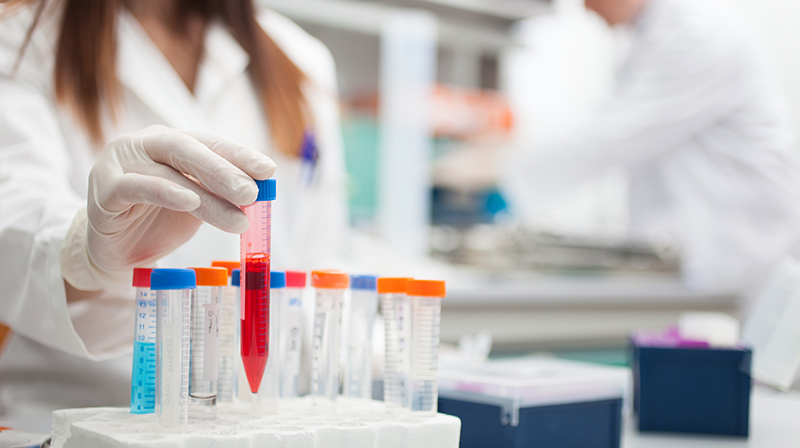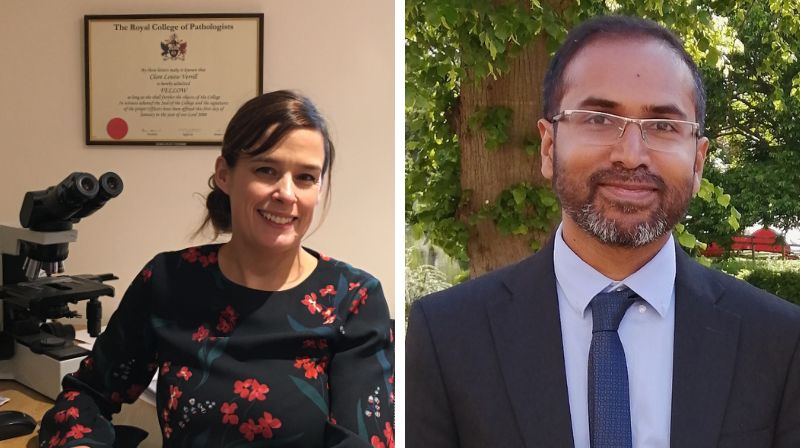
Using artificial intelligence (AI) to understand why some cancers become more aggressive

Grant information
Reference: RIA22-ST2-004
Researchers: Dr Srinivasa Rao and Professor Clare Verrill
Institution: University of Oxford
Grant award: £429,537
What you need to know
- The researchers want to understand why some prostate cancers change shape and become more dangerous, with the aim of helping men with prostate cancer to get the most effective treatment.
- They will use AI to analyse the shapes of cancer cells from men who had prostate surgery, then study the cells’ genes to find out which genes make the cancer cells change shape.
- Knowing which genes cause the shape change could help doctors tell how risky the cancer is and choose better treatments. It could also make diagnosing prostate cancer easier and more accurate.
What will the researchers do?
When diagnosing prostate cancer by looking at cells under the microscope (this technique is called histopathology), one of the tell-tale signs of high-risk disease is that cells form a sieve-shape (a cribriform pattern). If the sample has this shape, it's more likely that the cancer it came from will spread around the body.
However, cells taken from different parts of a tumour during a biopsy, even within the same person, might look different under a microscope. This means diagnosing prostate cancer purely based on looking at the cells' shape is an imperfect science.
What's more, we don't really understand what causes this sieve-shape cell pattern. What steps cause non-aggressive cancer cells to develop into these more dangerous kinds? And can the process be targeted with new treatments?
This project will use AI to sort through a vast database of thousands of existing prostate cancer samples to find those that have the sieve-shape, including multiple samples taken from the same person. This AI can pick up particular kinds of patterns in cell samples.
Professor Verrill and Dr Rao will then compare the genetics of the two kinds of cell samples (with and without sieve-shape), to see what steps cause the one to evolve into the other - and, importantly, having multiple samples from the same person will help them narrow down which changes are linked to the development of the sieve pattern.
We will be using cutting-edge technology and science to unlock new insights which we hope will ultimately be able to be translated into diagnostic pathways and improve outcomes for patients.
Finding a link between the genomic status and microscopic appearance of the tissue will help identify higher risk disease more easily in men with prostate cancer. As an early career researcher, I am thrilled and grateful to receive this Prostate Cancer UK Research Innovation Award which is a big step on my path to an independent research career.
How will this benefit men?
The researchers believe that the powerful combination of looking at cells under the microscope and testing for these genetic alterations will give a much more accurate test of which prostate cancers are high- or low-risk, and enable doctors to treat the men accordingly.
If the team can find out what steps cause the cancer cells to develop into this more high-risk form, maybe they can find a way to slow or stop this process with a new treatment.
Help us fund more research like this
Your donation helps us fund lifesaving research into better treatments for prostate cancer.
